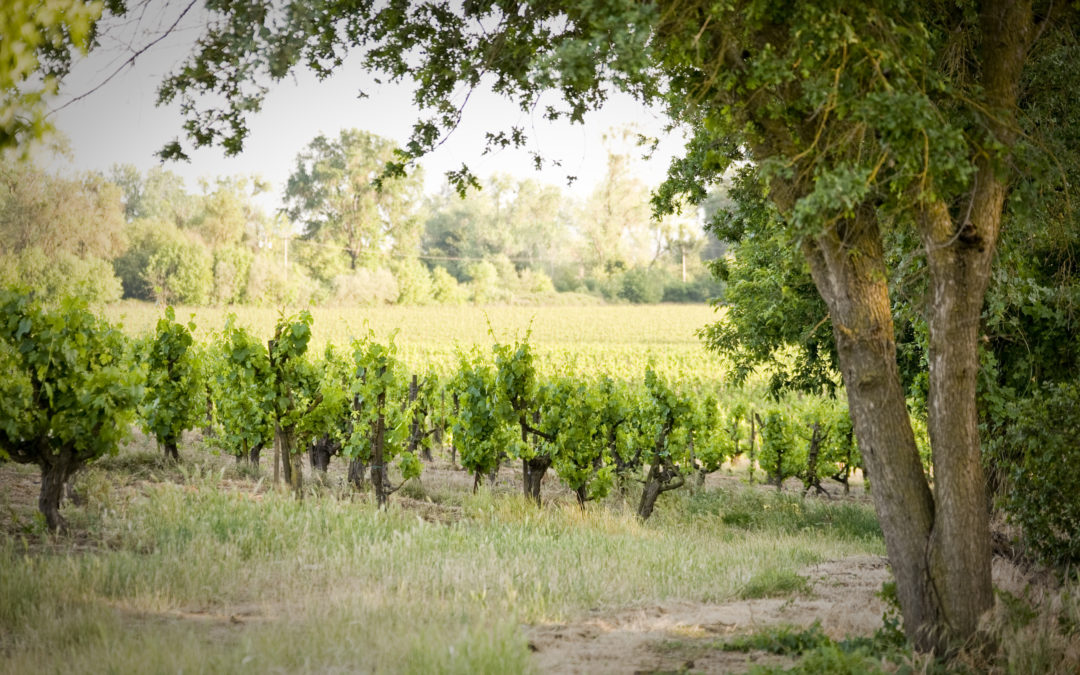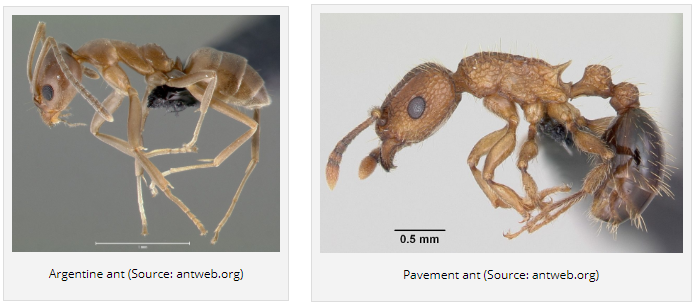JUNE 1, 2020. BY KRIS TOLLERUP, PhD.
INTERESTED IN FINDING OUT WHICH ANT SPECIES YOU HAVE IN YOUR VINEYARD? DR. TOLLERUP HAS GENEROUSLY VOLUNTEERED TO HELP LODI GROWERS IDENTIFY THEIR VINEYARD ANTS!
In California there are approximately 300 described ant species and of those species around 33 have been accidentally introduced. Broadly speaking, ants prefer to feed on either sugars or fats (sometimes called protein feeding ants). Because the commercially available ant baits affect sugar and fat-feeding ants differently, it is important to understand which species are present in the vineyard to develop a management strategy.
The current understanding is that the highly invasive Argentine ant infests many of the vineyards in the Lodi region. However, we have data that indicates there are several other species present. And moreover, that the Argentine ant is not as prevalent as originally believed. This project needs the help of growers and pest control advisers to collect ants throughout the Lodi winegrowing region to better understand which ant species are present.
Here are some easy steps for correctly collecting and sending ant specimens:
1. Obtain 10 plastic vials (with lids) from the Lodi Winegrape Commission. Speak with Stephanie Bolton or Gabrielle Ghent, 209.367.4727, for help in obtaining the plastic collection vials.
2. In five of the vials place a 1/2” long piece of hot dog, dollar store brand works great, or a couple pieces of whole Fritos corn chips. This bait will tend to attract the fat-feeding ant species.
3. In the other five vials, place several drops of honey or maple syrup at the bottom. This bait will tend to attract the sugar-feeding ant species.
4. At 9 to 10 AM, place two uncapped vials, one with each of the two bait types (fat or sugar) at the base of a vine. Do this at five vines within the vineyard spaced at least 50 feet apart. Also, it is best to place the vials in an area where there is known or at least suspected ant activity.
5. Leave the vials in the vineyard for approximately two hours. If the bait has attracted ants there will be several to several hundred in the vial. Place the cap on the vial, trapping the ants inside.
6. Please Note. Collection information that must be provided: Date, general location such as nearest cross streets, grower and block identification. The grower should provide a block name if they intend on sampling from different blocks within a large vineyard.
7. Place the vials inside of a freezer for approximately 24 hours. Leave the vials in the freezer until you are ready to send them to Kris Tollerup.
8. Ship the sample vials as is; there is no need to transfer any of the ants to alcohol. It is important, however that the vials are not allowed to remain at room temperature for more than 48 – 72 hours. Fungus will begin to grow on the bait in the vials and the samples will spoil.
Send to:
Kris Tollerup
PO Box 4538
Davis, CA 95618
Or samples can be dropped off:
Lodi Winegrape Commission
2545 West Turner Road
Lodi, CA 95242
Monday – Friday, 8:00am to 5:00pm
Featured Image: Lodi vineyard (Photo: Dale Goff Photography)
Have something interesting to say? Consider writing a guest blog article!
To subscribe to the Coffee Shop Blog, send an email to stephanie@lodiwine.com with the subject “blog subscribe.”
To join the Lodi Growers email list, send an email to stephanie@lodiwine.com with the subject “grower email subscribe.”
To receive Lodi Grower news and event promotions by mail, send your contact information to stephanie@lodiwine.com or call 209.367.4727.
For more information on the wines of Lodi, visit the Lodi Winegrape Commission’s consumer website, lodiwine.com.



